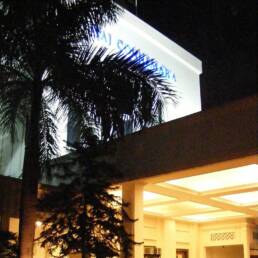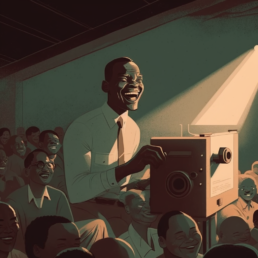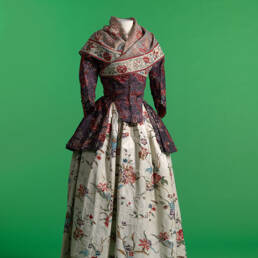More than 180 years ago, the death of a Scotsman united an oriental city like never before and brought together groups of people divided by religion in a great example for posterity.
By the end years of the 18th century, Calcutta was the center of the ever expanding British Indian territories. Many young men from Britain sailed down here with hopes of accruing a fortune of their own. One such was a 25-year-old Scotsman named David Hare, who arrived in Calcutta around 1800.
Hare had trained as a watchmaker and hoped to become successful at that trade. For a while, things went according to plan. Hare’s watch business thrived, patronized by affluent sections of both European and Indian society.
Although Hare had come with dreams of earning riches, he was rather different from most who made that journey from the English shores. The deplorable conditions of the Indians, especially the poor, under the Company rule, pained him.
Hare came to believe that imparting modern and scientific education to the masses was the only way to alleviate the Indians’ misery. Around 1814, he made the acquaintance of the great reformer Raja Ram Mohan Roy.
This was a landmark event in Hare’s life. He found a kindred spirit, someone who shared his views on education and progress. In 1815, Hare joined Roy’s Atmiya Sabha – a society of like-minded individuals all aiming to bring a positive change in the life of the masses.
Soon, Hare sold off his watch business to a Mr. Gray and devoted his life to education. Thanks to his pioneering efforts and backed by visionaries like Raja Ram Mohan, the Hindu College (present day Presidency University) was opened in 1817 to impart modern education in English to Indian students.
Around the same time, Hare also led efforts to establish a school in the same premises – that in time bore his name: The Hare School. In 1818, Hare along with Raja Radha Kanta Deb, formed the Calcutta School Society – devoted to opening of new schools.
Incidentally, his associations showed the remarkable ability Hare had in breaking down barriers. As a principal custodian of the orthodox Hindu society, Radha Kanta Deb was strongly opposed to reforms Raja Ram Mohun was trying to push.
Yet, both men formed easy partnerships with the genial Scotsman that would give meaning to a society seeped in darkness, ignorance and superstitions.
But not everyone approved of what Hare was up to. A section of his own countrymen started treating him as an outcast due to close associations with the “natives.” In particular, he earned the wrath of the Missionary priests.
Hare decided to make Calcutta his home and never returned to his native Scotland. On June 1, 1842, Hare breathed his last after a brief bout of cholera. His sudden death cast a pall of gloom on the city.
Apart from Europeans and wealthy upper class Indians, he was deeply mourned by all those in the other strata of society whose lives he had impacted most through his zeal for spreading education.
According to eyewitness accounts, several carriages carrying tearful children accompanied Hare’s hearse and it was estimated that no less than 5000 “Hindus” took part in the funeral procession. Even a cyclone resulting in heavy rain could not deter the mourners.
But a late complication arose when the Church refused to allow Hare burial space due to what it believed to have been heretical conduct on the part of Hare during his lifetime. Undeterred, Hare’s friends and well wishers, led by Raja Radha Kanta decided to bury Hare in the compound of Hindu College / Hare School.
For a man who’d devoted the major chunk of his life to imparting education, it was perhaps only fair and apt that his final resting place was in the grounds of his beloved institutions. A tomb in memory of David Hare was erected and stands tall even today in Kolkata’s College Square Goldighi compound.
Sources:
A Biographical Sketch of David Hare by Peary Chand Mitra
https://www.tutorialathome.in/history/memorial-david-hare-captivating-calcutta




